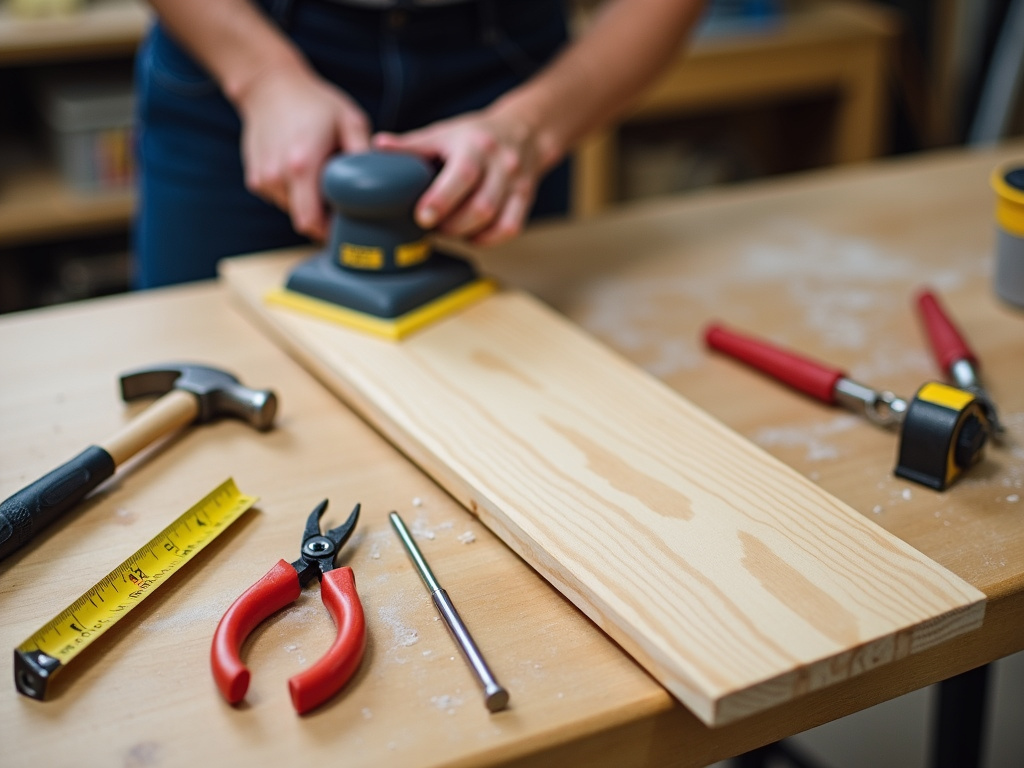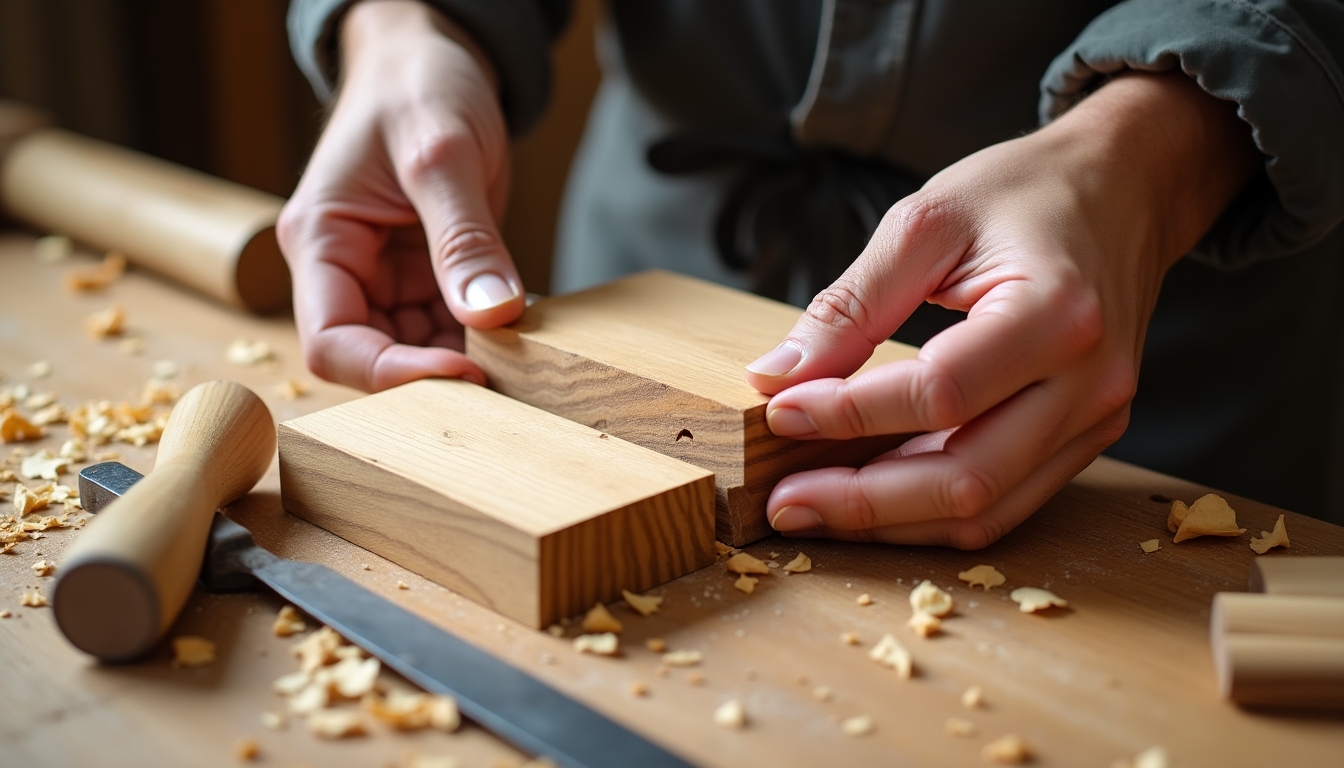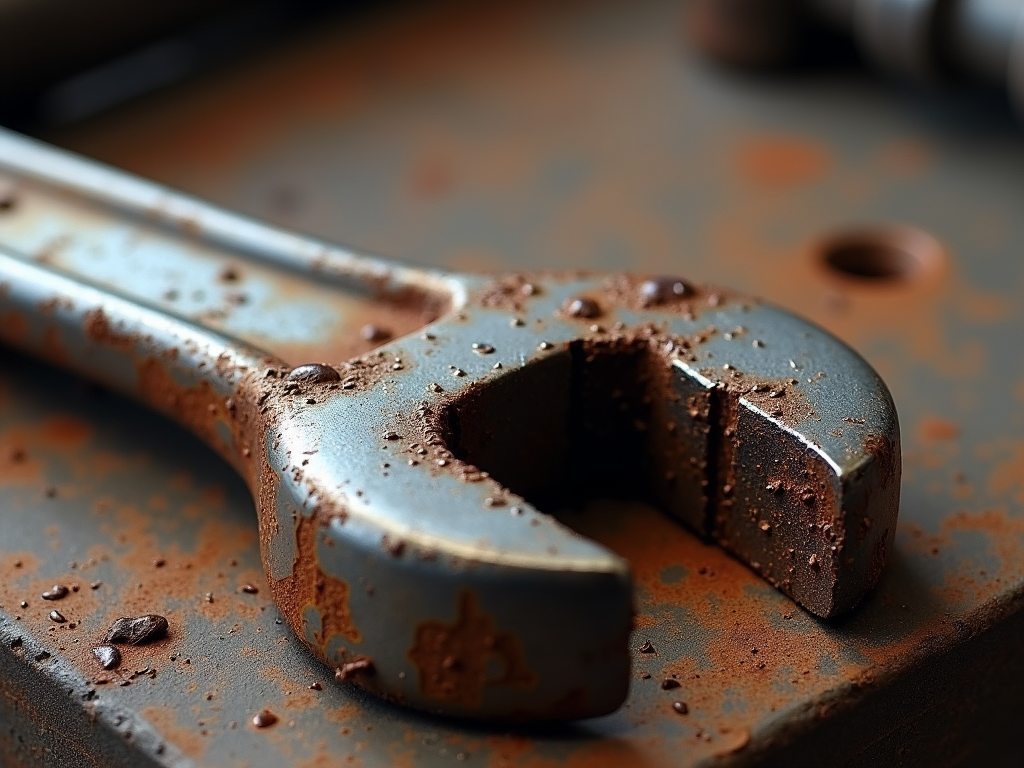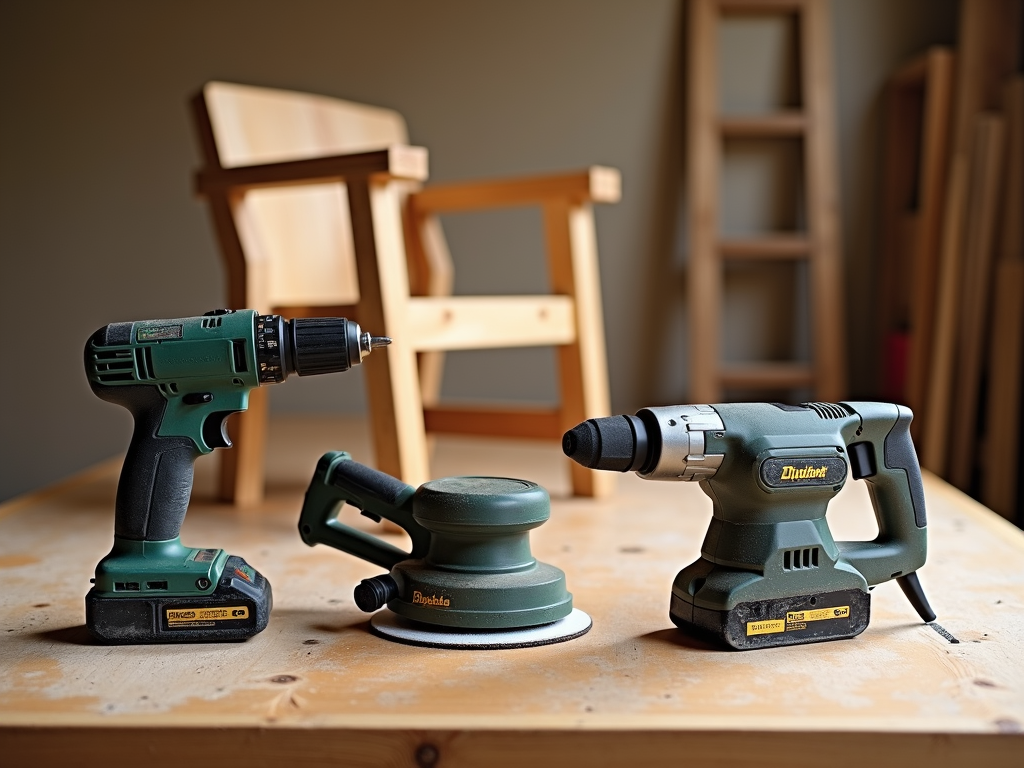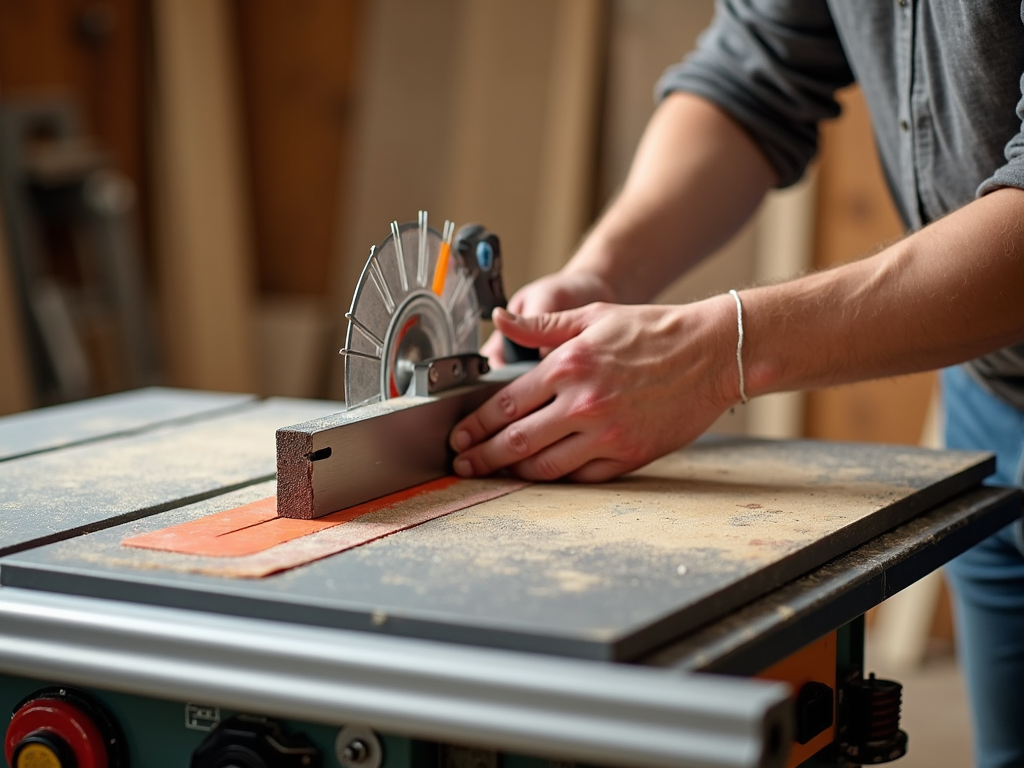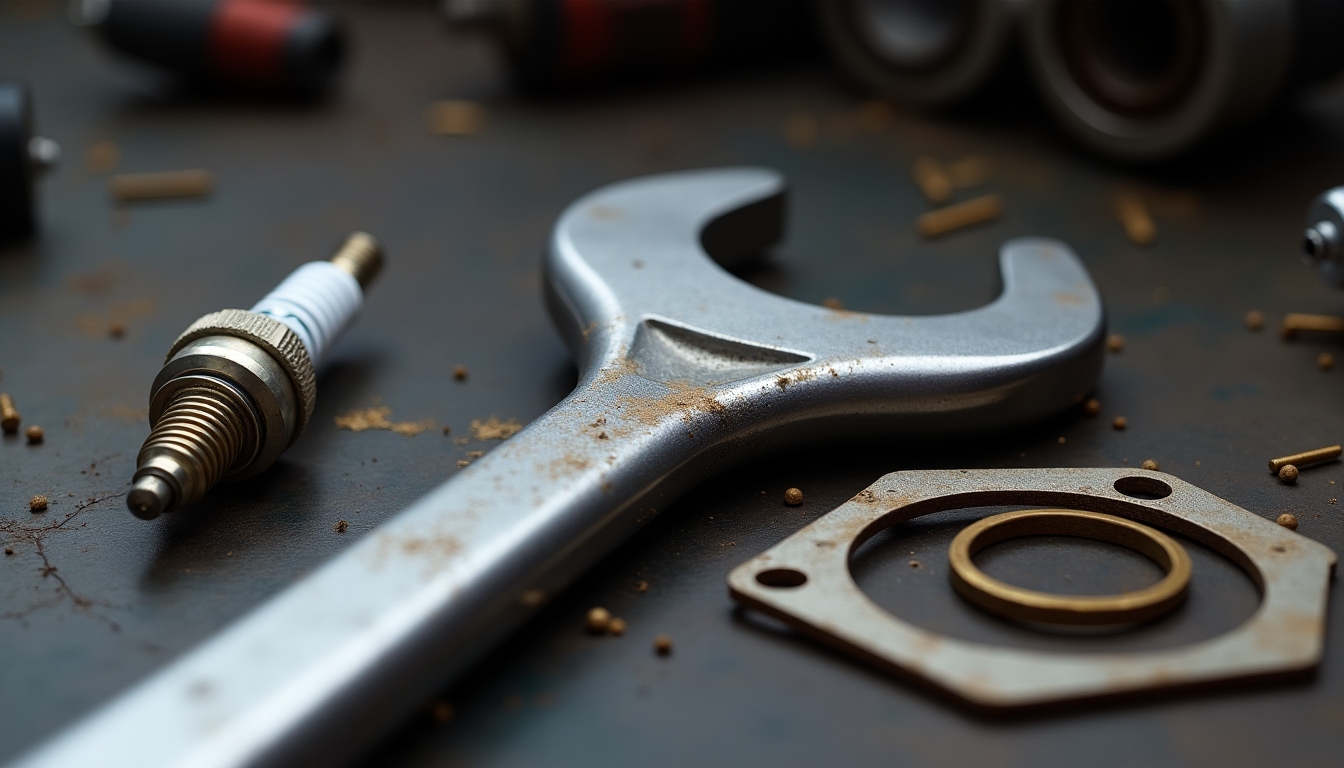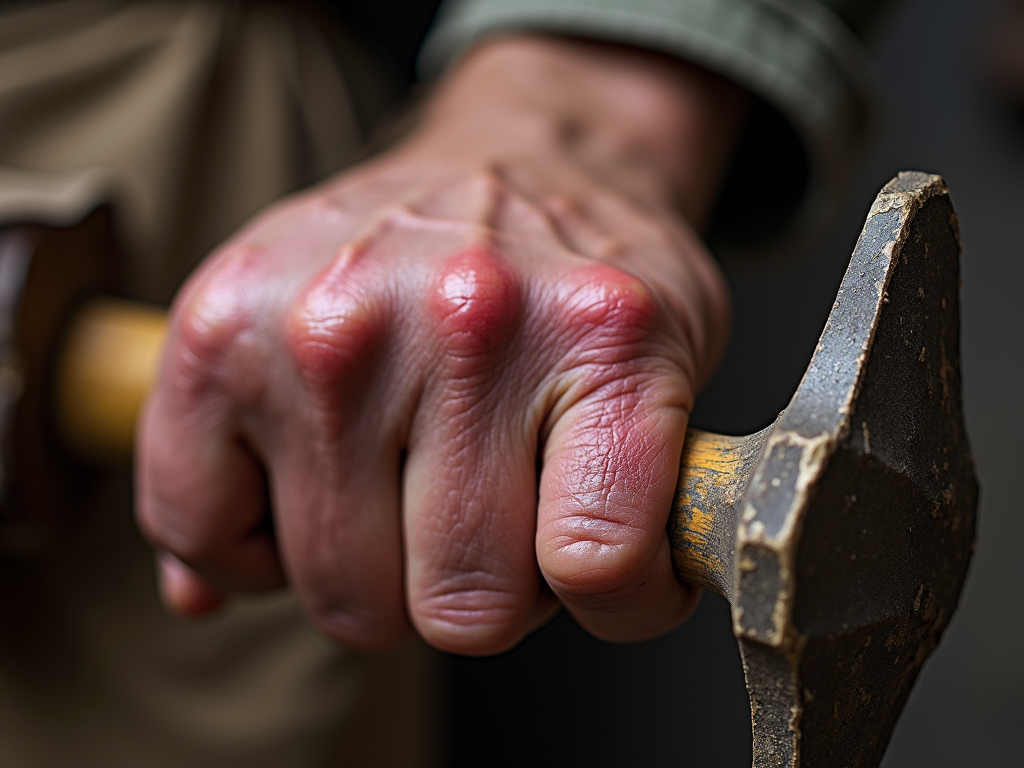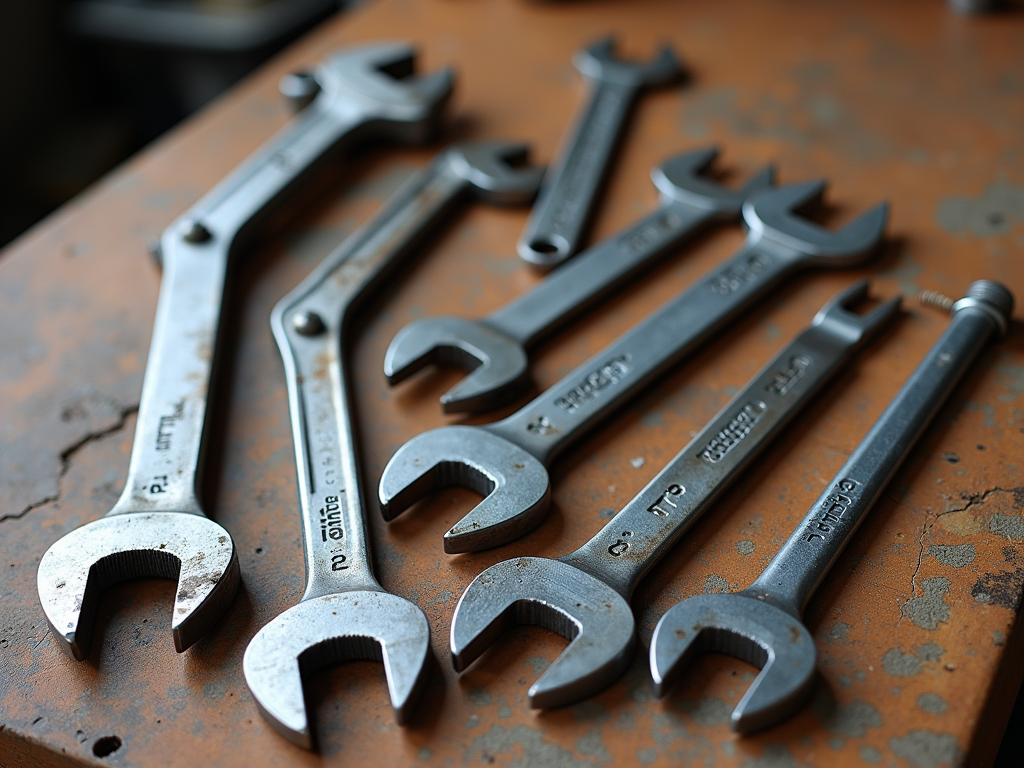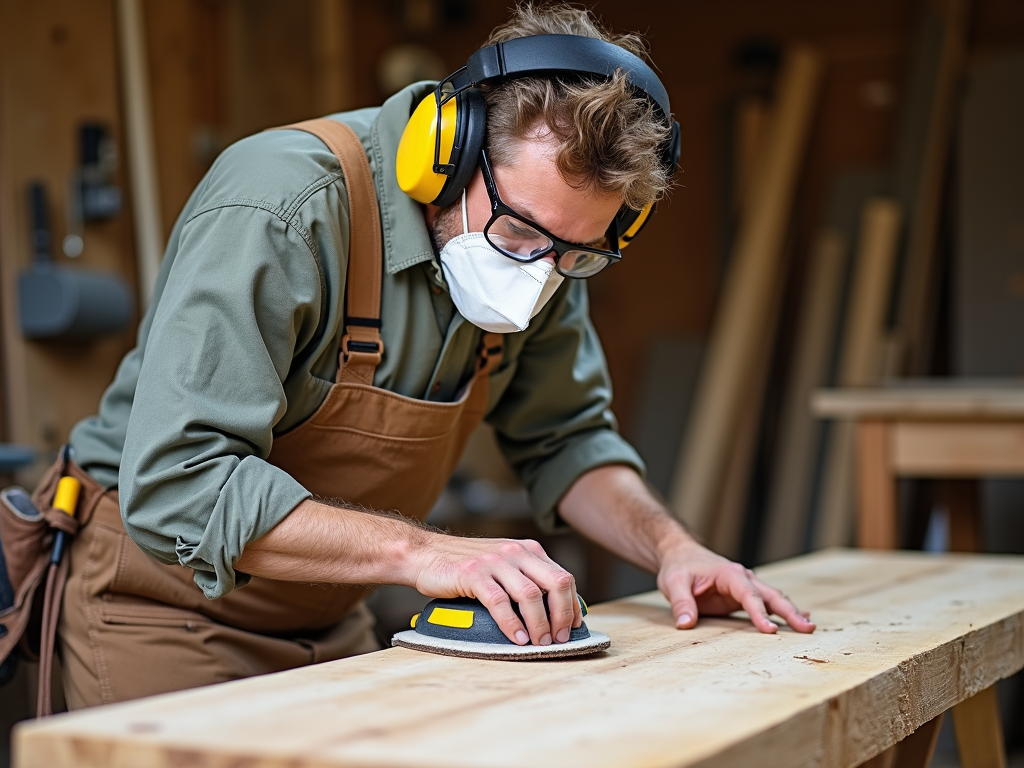Plumbing issues can be daunting for beginners, but with the right tools and knowledge, many common problems can be fixed easily. This guide provides a comprehensive overview of common plumbing issues, step-by-step fixes, and essential tools every DIYer should own. Whether you're dealing with a clogged drain or a leaky faucet, this guide will help you tackle plumbing problems with confidence.
Clogged Drains
Clogged drains are one of the most common plumbing issues. They can be caused by hair, soap scum, food particles, or other debris. To fix a clogged drain, you'll need a plunger, a drain snake, and possibly a chemical drain cleaner.
- Start by using a plunger to try to dislodge the clog. Place the plunger over the drain and push down firmly, then pull up quickly. Repeat this motion several times.
- If the plunger doesn't work, try using a drain snake. Insert the snake into the drain and turn it clockwise to catch the clog. Pull the snake out slowly to remove the debris.
- If the clog persists, you can try using a chemical drain cleaner. Follow the instructions on the product carefully and wear protective gear.
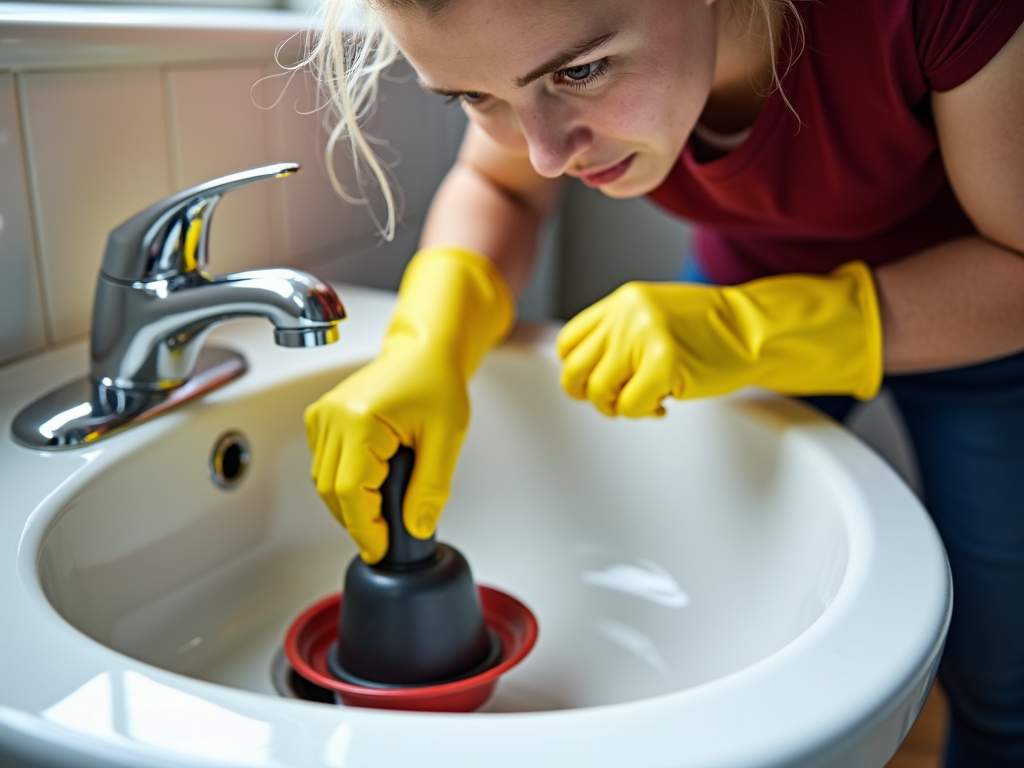
Leaky Faucets
Leaky faucets can waste water and increase your utility bills. They are often caused by worn-out washers or O-rings. To fix a leaky faucet, you'll need a wrench, a screwdriver, and replacement parts.
- Turn off the water supply to the faucet.
- Disassemble the faucet by removing the handle and the packing nut.
- Inspect the washer or O-ring for wear and tear. Replace it if necessary.
- Reassemble the faucet and turn the water supply back on.
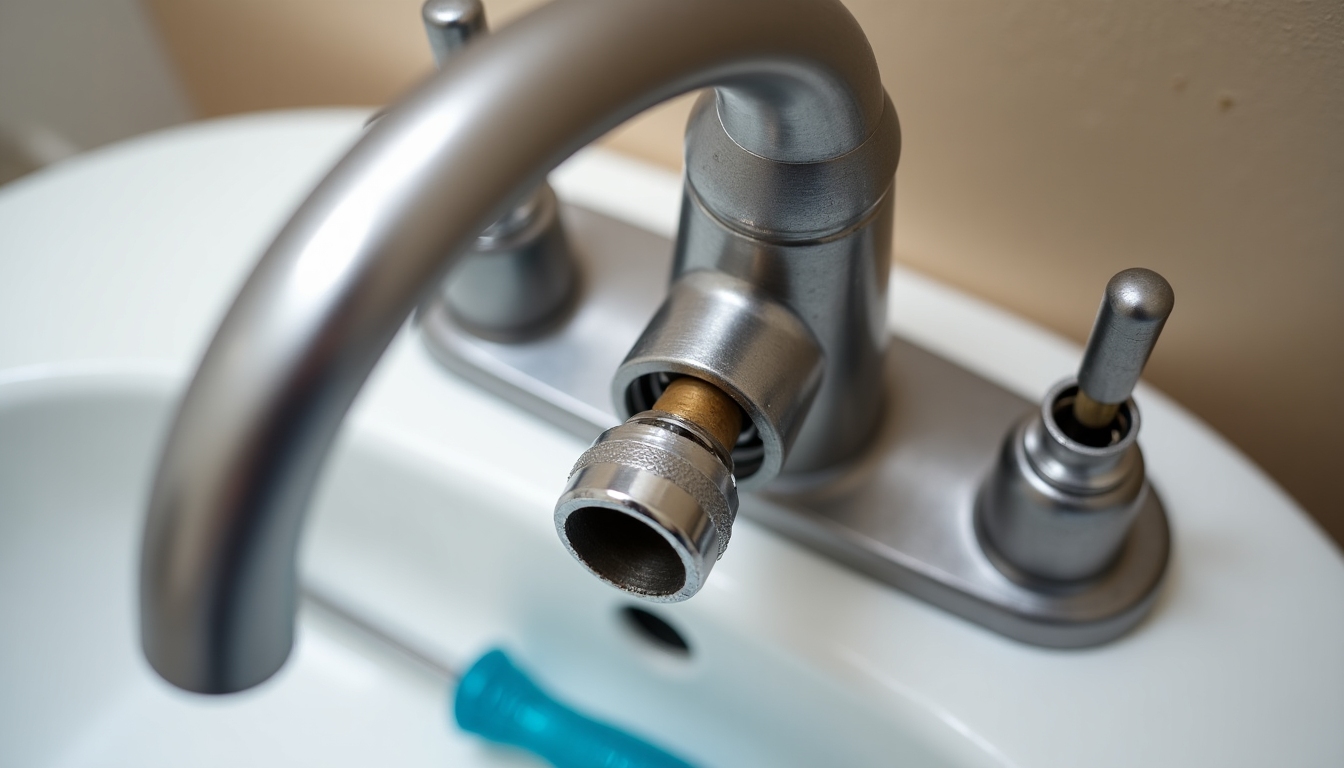
Running Toilets
A running toilet can waste a significant amount of water. It is usually caused by a faulty flapper valve or a misadjusted fill valve. To fix a running toilet, you'll need a screwdriver and possibly a replacement flapper valve.
- Remove the tank lid and inspect the flapper valve. If it's worn out or damaged, replace it.
- Check the fill valve to ensure it's adjusted correctly. The water level should be about an inch below the overflow tube.
- If the issue persists, you may need to replace the fill valve.
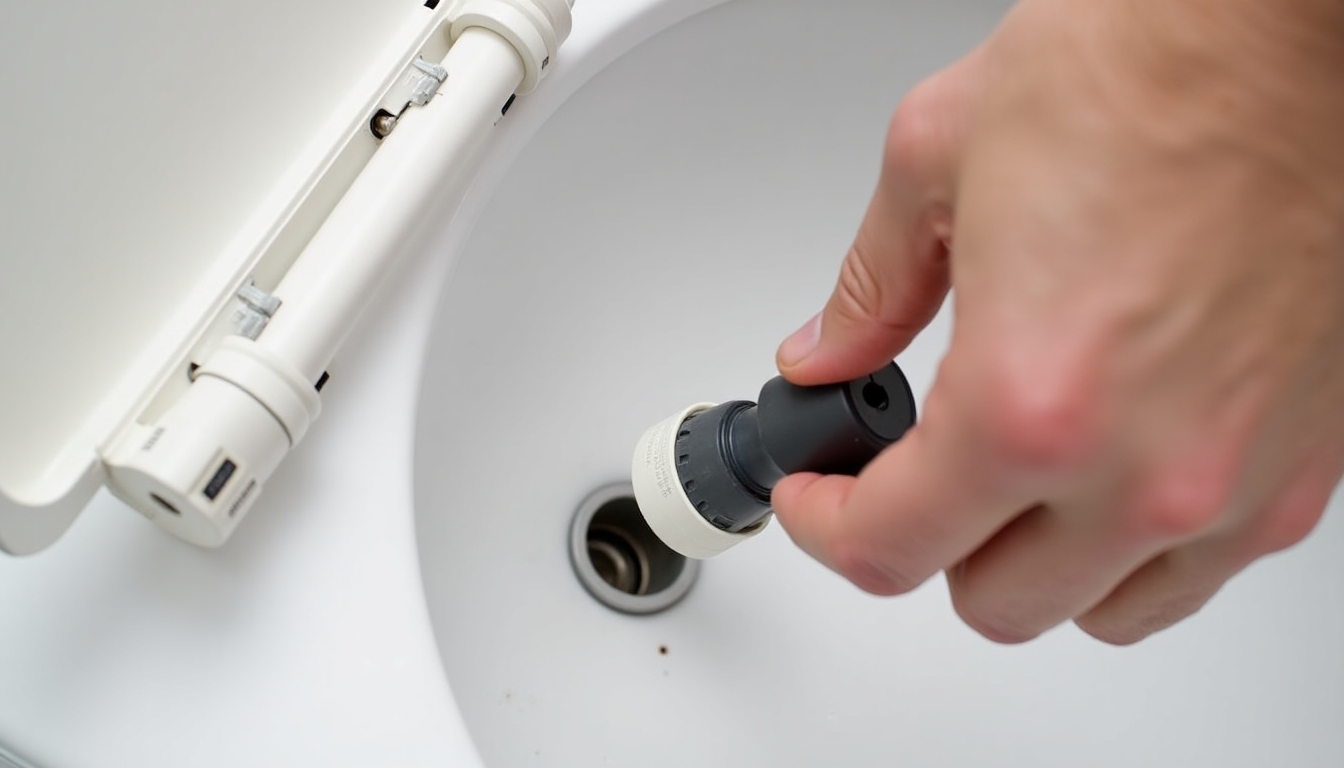
Low Water Pressure
Low water pressure can be frustrating and may indicate a larger plumbing issue. It can be caused by clogged pipes, a faulty pressure regulator, or a problem with the municipal water supply.
- Check all faucets and showerheads for clogs. Clean or replace them if necessary.
- Inspect the pressure regulator, if you have one. Adjust it to increase the water pressure.
- If the issue persists, contact your local water utility to check for any problems with the municipal water supply.
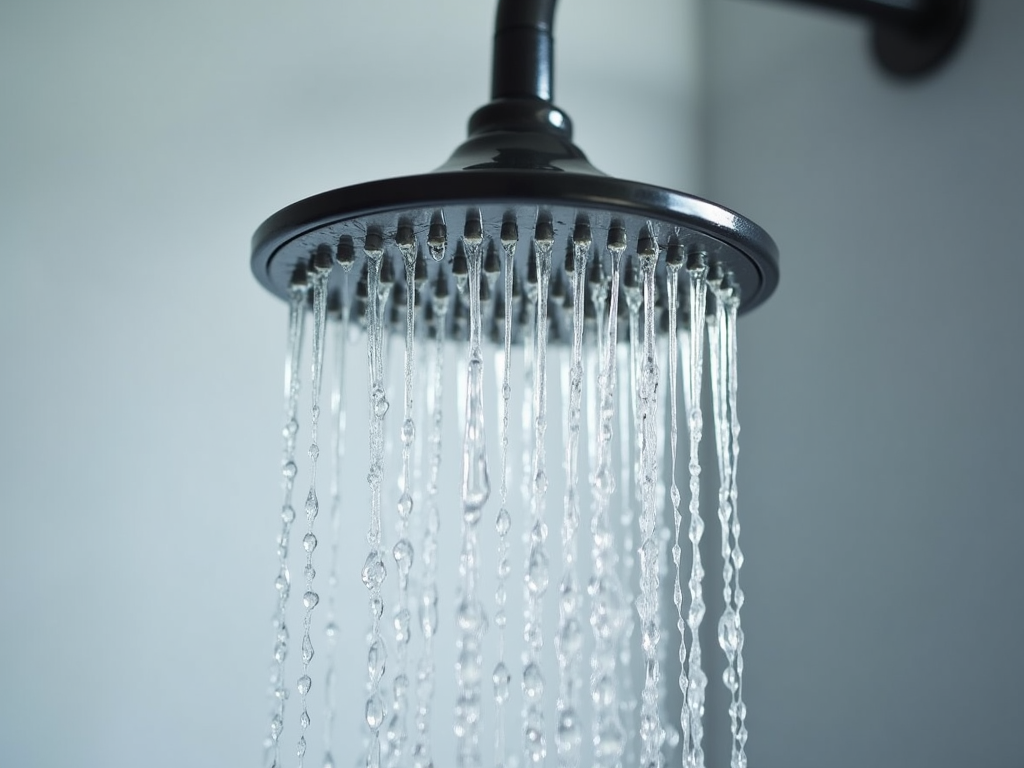
Dripping Pipes
Dripping pipes can lead to water damage and mold growth. They are often caused by loose fittings or damaged pipes. To fix a dripping pipe, you'll need a wrench and possibly pipe tape or a replacement pipe.
- Turn off the water supply to the affected pipe.
- Tighten any loose fittings with a wrench.
- If the pipe is damaged, you may need to replace it. Cut out the damaged section and install a new pipe using couplings.
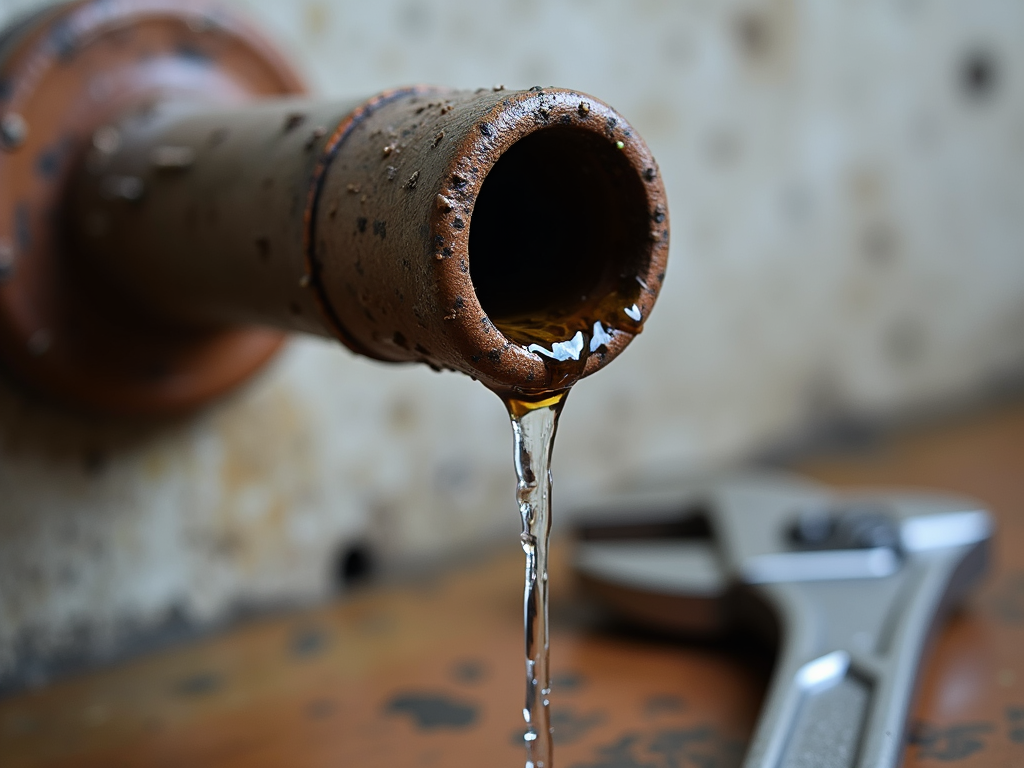
Top 10 Plumbing Tools Every DIYer Should Own
Having the right tools is crucial for any plumbing project. Here are the top 10 tools every DIYer should have in their toolbox:
- Adjustable Wrench: Used for tightening and loosening nuts and bolts.
- Pipe Wrench: Specifically designed for gripping and turning pipes.
- Plunger: Essential for unclogging drains and toilets.
- Drain Snake: Used to remove stubborn clogs from drains.
- Teflon Tape: Helps create a watertight seal on pipe threads.
- Hacksaw: Used for cutting through pipes and other materials.
- Pipe Cutter: Provides clean, precise cuts on pipes.
- Basin Wrench: Designed for tightening and loosening nuts in hard-to-reach places.
- Plumber's Putty: Used to create a watertight seal around faucets and drains.
- Flashlight: Essential for illuminating dark spaces under sinks and in basements.
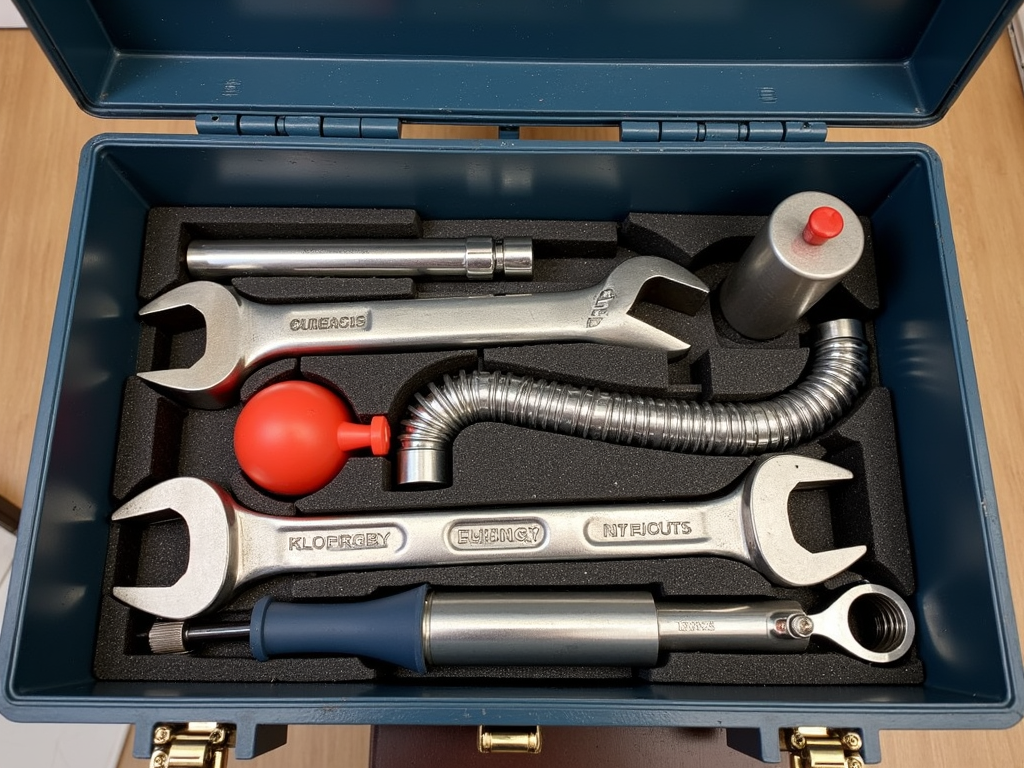
When choosing tools for your plumbing needs, consider the following tips:
- Invest in high-quality tools that will last longer and perform better.
- Choose tools that are comfortable to use and fit your hand size.
- Consider the specific tasks you'll be performing and select tools accordingly.
- Don't forget safety gear, such as gloves and safety glasses.
Personal Insights
As a DIY enthusiast, I've tackled my fair share of plumbing projects. One of the most memorable was fixing a leaky faucet in my bathroom. I was nervous at first, but with the right tools and a bit of research, I was able to disassemble the faucet, replace the worn-out washer, and reassemble it without any issues. It was a great feeling of accomplishment, and I saved money by not hiring a plumber.
Another time, I had to deal with a clogged drain in my kitchen sink. I tried using a plunger, but it didn't work. So, I borrowed a drain snake from a neighbor and was able to remove the clog successfully. It was a messy job, but it taught me the importance of having the right tools on hand.
Based on my experiences, I recommend that beginners start with small, manageable projects and gradually work their way up to more complex tasks. It's also important to know your limits and call a professional if you're unsure about a particular issue.
Summary
Fixing common plumbing issues doesn't have to be intimidating. With the right tools and knowledge, beginners can tackle many problems on their own. Remember to start with small projects, invest in quality tools, and know when to call a professional. By following the steps outlined in this guide, you'll be well on your way to becoming a confident DIY plumber.
Related Beginner’s Guide to Fixing Common Plumbing Issues:
- Top 10 Must-Have Tools for DIY Beginners
- Advanced Woodworking Techniques for Enthusiasts
- How to Maintain and Store Wrenches: A Comprehensive Guide
- How to Choose the Right Power Tool for Your Project
- Understanding OSHA Safety Regulations for Construction Sites
- The Ultimate Guide to Table Saws with User-Friendly Features
- Understanding Torque Wrench Basics
- How to Sharpen Your Cutting Tools: The Ultimate Guide to Workshop Equipment Maintenance
- Preventing Injuries with Smart Tool Choices: A Guide to Worker Safety and Efficiency
- Types of Wrenches for Different Jobs: A Comprehensive Guide
- Beginner’s Guide to Woodworking Safety
- Revolutionizing Industry: Advanced Electrical Tools for Automation
